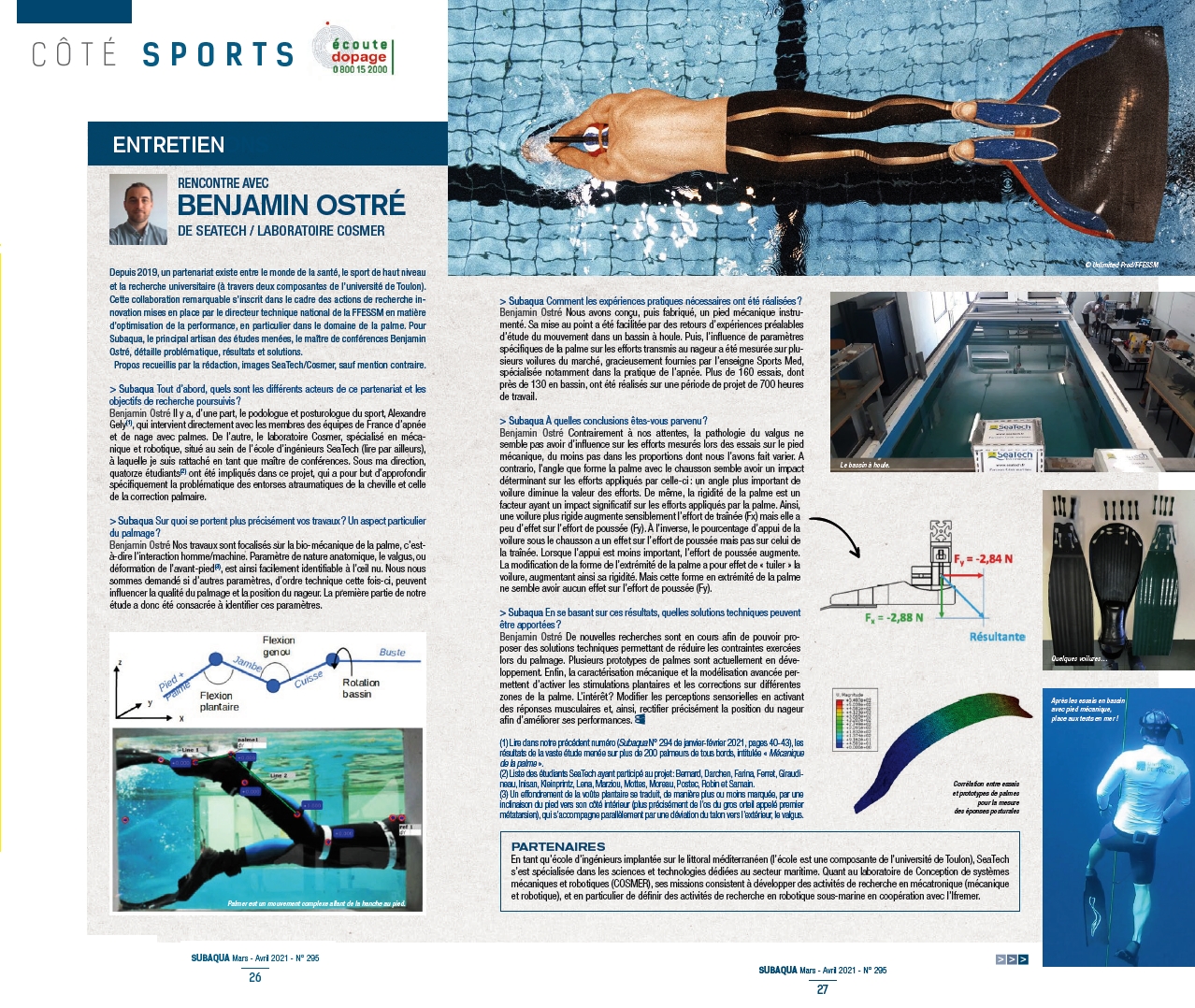With the rise of additive manufacturing, Schwarz infill patterns have been increasingly used for producing lightweight parts or improving heat exchange efficiency. Currently, metallic patterns are fabricated almost exclusively using powder bed-based processes despite the advantages of directed energy deposition (DED) technologies, namely, low cost and large dimensional capability. In this study, a framework based on isoheight layers is used to allow multi-axis manufacturing of a Schwarz-P pattern by wire arc additive manufacturing (WAAM).
- S. Campocasso, M. Chalvin, U. Bourgon, V. Hugel, M. Museau. Manufacturing of a Schwarz-P pattern by multi-axis WAAM. CIRP Annals – Manufacturing Technology, Vol. 72/1, pp. 377-380, 2023. ⟨hal-04156463⟩



